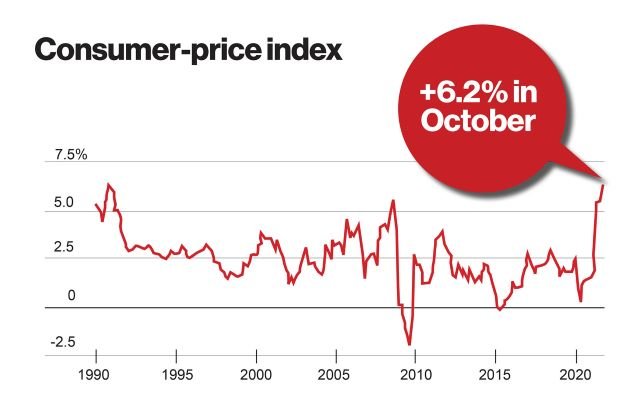Looking for ways to reduce your business income and ultimately your income tax liability this year? You may want to look at the Tax Cuts and Jobs Act Section 179 deduction. Many small business owners wonder about precisely what and how the Section 179 Deduction works. We can help. Schedule a consultation to talk with one of our experts.
This deduction was created as an incentive by the federal government for business to make investments in machinery and equipment. It was created to encourage business owners and decision makers to invest in company infrastructure, enhance business to business commerce, and as a result in the investment, more efficiencies in business processes.
The Section 179 Deduction allows small business to write off qualifying equipment purchased by a business as long as it serves business purposes more than 50% of the time. The equipment must also be put in service in the tax year that the 179 deduction is taken.
Rather than depreciating fixed assets over the duration of its use (5 years, 7 years, etc.), the entire cost can be written off in the year it was purchased allowing for a favorable tax treatment and reduction of tax liability in the given tax year.
Qualifying equipment includes any equipment or machines purchased for business use, tangible personal property used in business, computers and software, office furniture and equipment, business vehicles with a gross vehicle weight of over 6,000 lbs., and even certain property and improvements to property like security systems, roofing, etc. All qualifying equipment can be new or used, but must be newly purchased by the businesses.
The Section 179 Deduction does have limitations. As of 2020, the total amount that can be written off for the year cannot be more than $1,040,000, and the total amount paid for equipment cannot exceed $2,590,000. As a result, the deduction ceases to take effect if purchases reach a balance of $3,630,000.
California, however, does not conform to federal Section 179 deductions. California limitations are a maximum dollar limitation for the deduction of $25,000 and a threshold for property placed in service in the current year of $200,000.
For more information please see https://www.irs.gov/instructions/i4562#d0e3005 or https://www.section179.org/section_179_vehicle_deductions/


